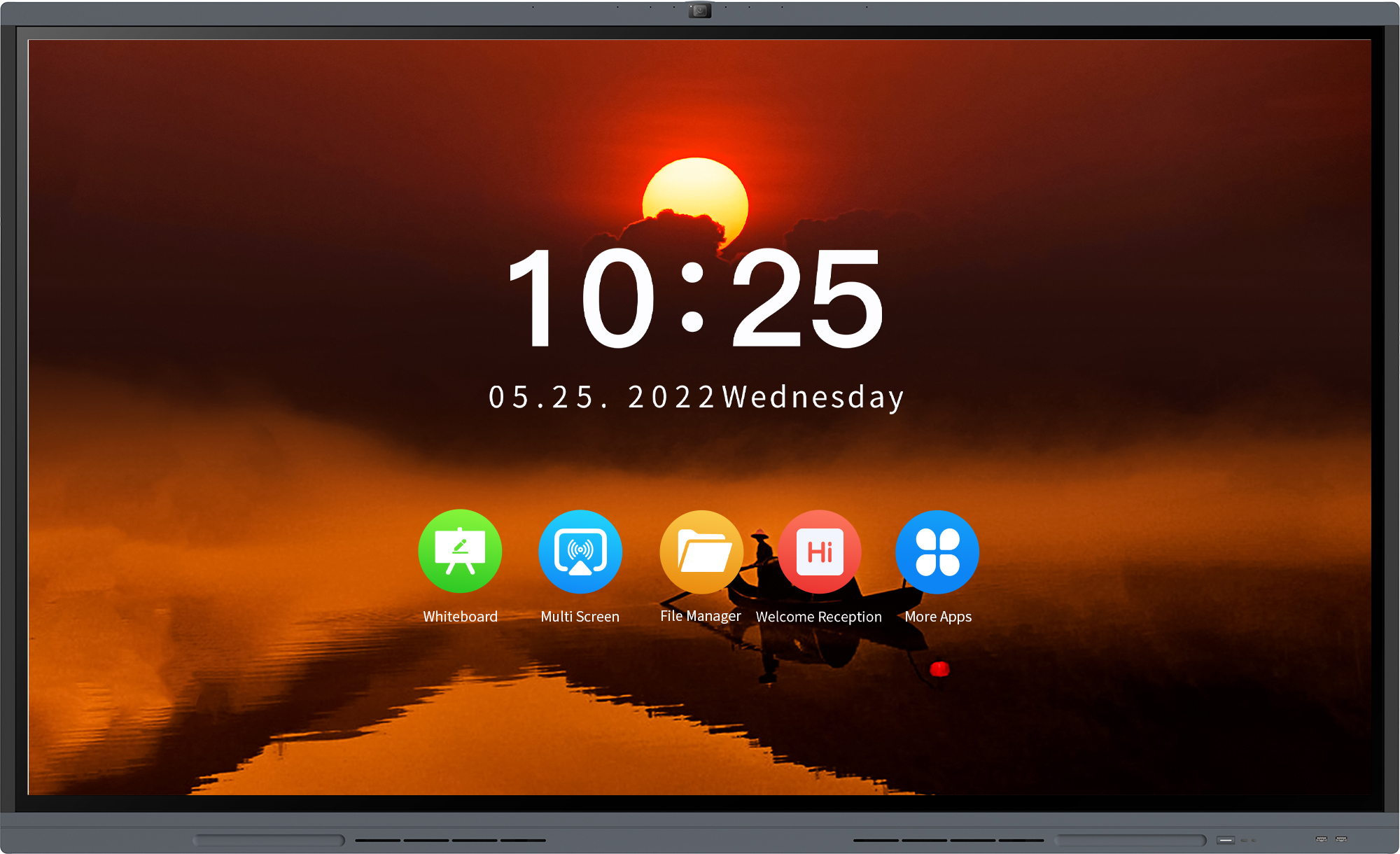The Versatility of Interactive Whiteboards in the Classroom

Interactive whiteboards have revolutionized the way we teach and learn. These innovative tools combine traditional whiteboard capabilities with digital technology, creating an interactive and immersive learning environment. The impact of interactive whiteboards in the classroom is remarkable, particularly when it comes to interdisciplinary teaching. This article will explore the benefits and possibilities that interactive whiteboards offer for interdisciplinary instruction.
Enhanced Visual Learning
One of the most significant advantages of using interactive whiteboards in interdisciplinary teaching is the ability to present information visually. With interactive whiteboards, teachers can incorporate various multimedia elements such as images, videos, and diagrams to engage students. This visual learning approach helps students grasp complex concepts and connections between different subjects, fostering a deeper understanding of the interdisciplinary curriculum.
Additionally, interactive whiteboards allow students to actively participate in the visual learning process. Through touch-screen capabilities and interactive software, students can directly manipulate content on the board, explore concepts, and collaborate with their peers. This hands-on experience not only reinforces their understanding but also promotes critical thinking and problem-solving skills.
Fostering Collaboration and Communication
Interdisciplinary teaching emphasizes the integration of knowledge from different disciplines, encouraging collaboration and communication among students. Interactive whiteboards facilitate this by providing a platform for interactive group activities and discussions.
For instance, teachers can divide the board into sections, dedicating each section to a different subject or area of study. Students can work collaboratively on different sections, contributing their unique expertise and perspectives. As a result, they develop teamwork and communication skills, as well as an appreciation of diverse viewpoints, which are crucial for interdisciplinary learning.
Promoting Critical Thinking and Problem-Solving
Interactive whiteboards enable teachers to create interactive problem-solving exercises that require students to apply knowledge from multiple disciplines. Through interactive software and tools, students can analyze real-world scenarios, make connections between different subjects, and devise creative solutions.
With interactive whiteboards, teachers can also facilitate class discussions that encourage critical thinking. They can pose open-ended questions, present different viewpoints, and use multimedia resources to stimulate thoughtful analysis and debate. This approach fosters students' ability to think critically, evaluate evidence, and articulate informed opinions – skills that are essential in interdisciplinary contexts.
Conclusion
Interactive whiteboards have revolutionized interdisciplinary teaching by expanding the possibilities for visual learning, promoting collaboration and communication, and nurturing critical thinking and problem-solving skills. By harnessing the power of these innovative tools, educators can create dynamic and engaging interdisciplinary lessons, preparing students for the complex challenges of the modern world.

